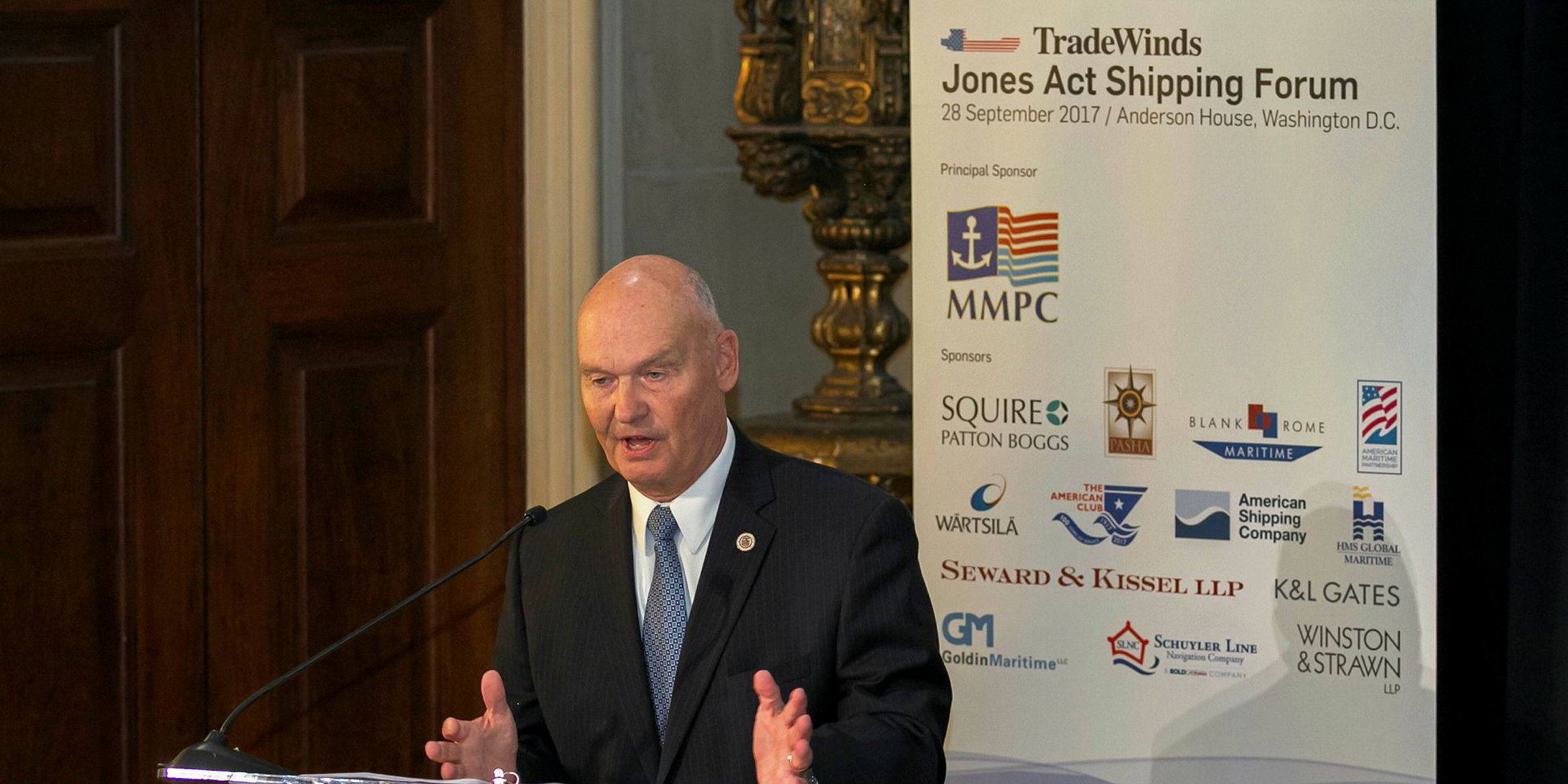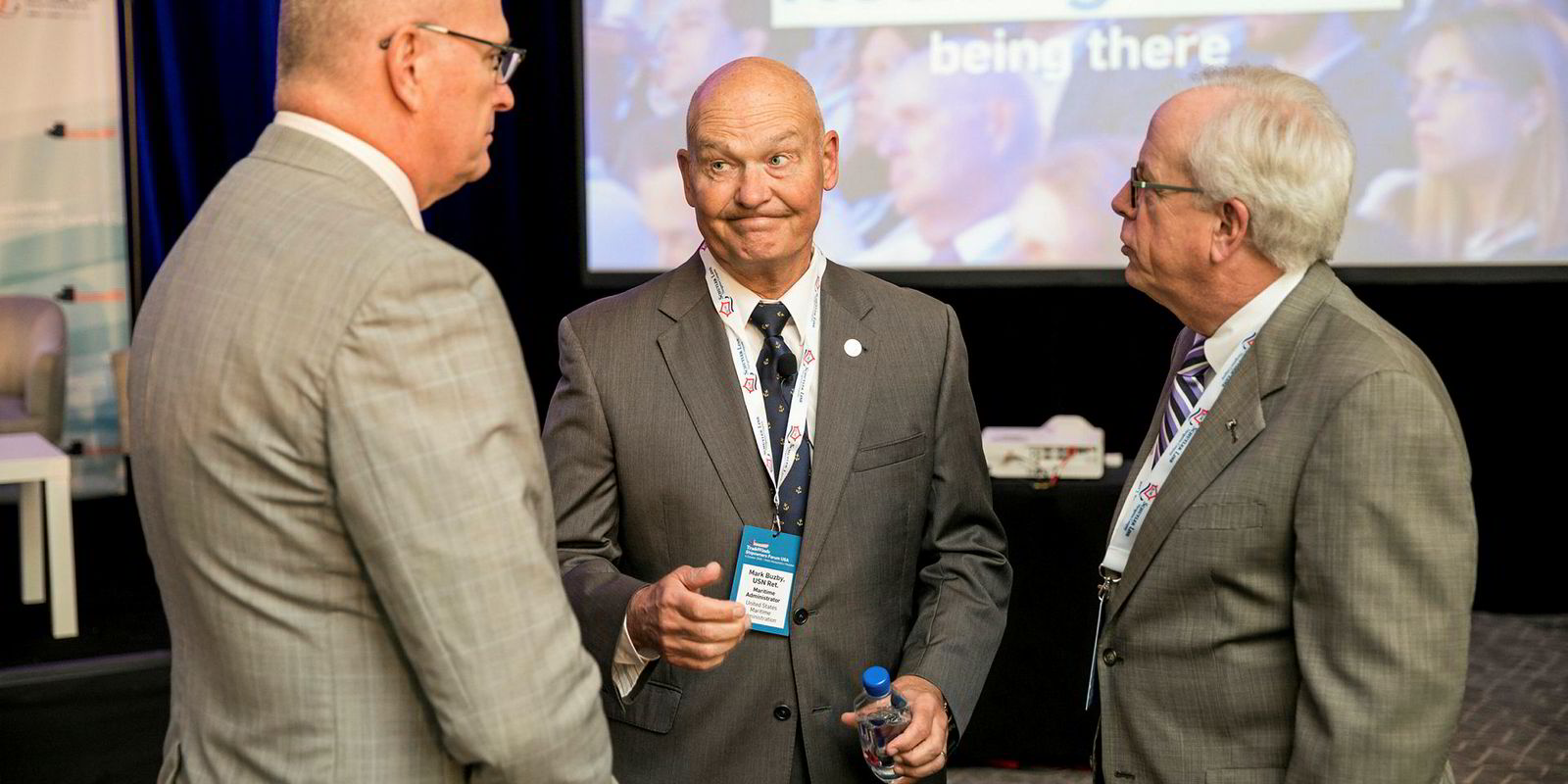A Jones Act shipowner may oversee the construction of a new multi-mission security ship that, among other roles, will serve as a training vessel for future mariners.
The Maritime Administration (MarAd) today released a request for proposal (RFP) for oversight of the newbuild contract to replace the 14,600-gt Empire State (built 1962).
MarAd said the vessel construction manager (VCM) for the national security multi-mission vessel (NSMV) project will hire a qualified shipyard to ensure timely, on-budget 2022 delivery.
“A new multi-mission vessel built by an American Shipyard will not only create new jobs, but help train the next generation of American mariners and contribute to disaster relief,” US secretary of transportation Elaine Chao said.
The 2017 National Defense Authorization Act required MarAd to hire a separate entity to oversee construction to leverage marketplace expertise in producing US-built ships.
“The U.S. shipbuilding and repair industry is vital to the economic strength and security of our nation,” Maritime Administrator Mark Buzby said, “and this project will demonstrate that American shipbuilding remains the global standard of excellence.”
Buzby told the TradeWinds Shipowners Forum, held in Houston on 4 October, that the contract is "likely" to go to a US shipowner currently building a Jones Act vessel.
The NSMV will allow US state maritime academies cadets train on a ship with numerous instructional spaces, eight classrooms, a full training bridge, labs and an auditorium.
It will have space for up to 600 cadets to train in a first-rate maritime academic environment at sea, MarAd said.
The vessel will also support federal government response to national and international disasters by providing hospital facilities, a helicopter landing pad and berthing for 1,000 first responders and recovery workers.
It will also be able to send critical supplies to damaged port facilities through use of its roll-on/roll-off ramp and container crane.
The economic benefit of this coastwise-endorsed training vessel extends beyond academics – and the replacement of the nation’s aging “training ship” fleet – to the thousands of men and women in the shipbuilding and repair industry.




